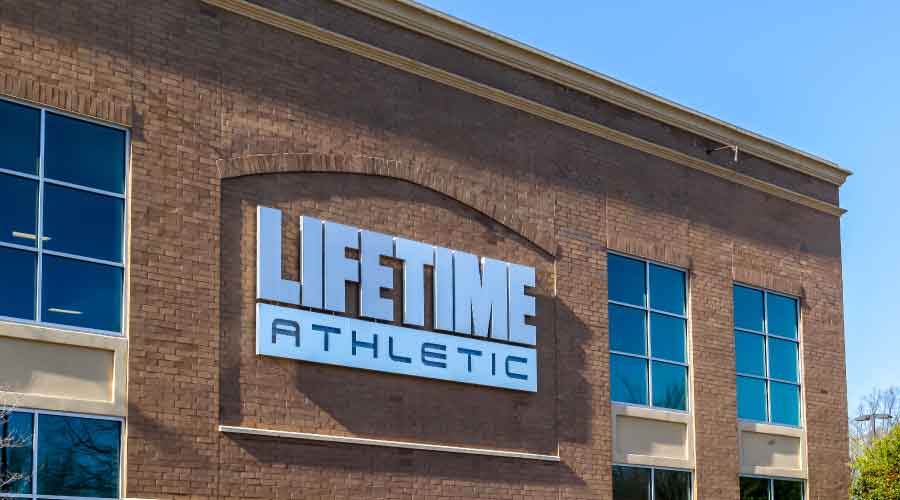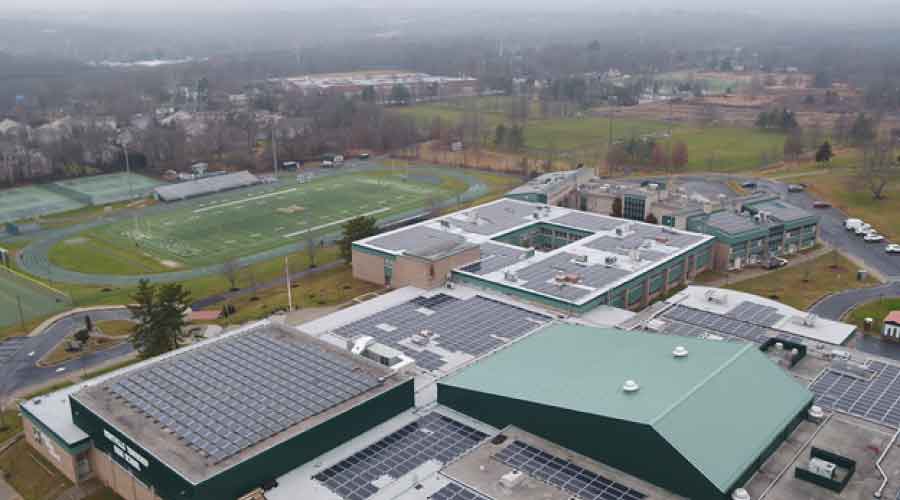
Life Time Inc. Surpasses Energy Goal
Life Time has reached 38 percent energy savings in just seven years. July 7, 2022
By Dan Hounsell, Senior Editor
In 2017, Life Time Inc. became the first athletic club partner to join the Better Buildings Challenge by committing to a 20 percent energy efficiency improvement over 10 years. Now, Life Time has surpassed that goal, reaching 38 percent energy savings in just seven years.
How did the company do it?
Life Time improved energy performance by upgrading HVAC equipment and controls, implementing LED lighting retrofits and installing variable-frequency drives, and the company is recommissioning its building portfolio of more than 16 million square feet. Life Time also is tackling new projects, including coupling its energy management system with its class scheduling system so that the over 750,000 fitness classes it holds each year are more efficiently heated and cooled automatically.
Life Time was also recognized by U.S. Department of Energy’s Advanced Rooftop Unit (RTU) campaign in 2017 for implementing the highest percentage of high-efficiency upgrades to its portfolio. The organization modernized 95 percent of its RTU inventory in four years by upgrading more than 1,000 RTUs and retrofitting another 1,800 with advanced controls.
When the COVID-19 pandemic necessitated the sudden closure of athletic clubs in early 2020, the facilities management team at Life Time mobilized to avoid what could have been significant energy waste. Life Time underwent a full process of commissioning during the pandemic shutdowns, recalibrating building management systems and rescheduling 10,000 pieces of equipment to save the company $16 million on energy costs that year. As clubs returned to operation later in 2020, the facilities management team undertook a commissioning process to shut down more systems at night and avoid energy waste.
Life Time has also implemented a water-efficiency measure: steam room optimization that cuts down peak demand and run times of steam rooms at its clubs. Life Time is a large consumer of water due to its swimming pools, showers and laundry. Life Time has made strides in efficiently managing its water use through proactive maintenance, optimizing irrigation systems, annually testing showerheads, validating laundry programming, and ensuring there are no leaks or autofill issues through real-time metering of pools.
Dan Hounsell is senior editor for the facilities market. He has more than 25 years of experience covering engineering, maintenance, and grounds management issues in institutional and commercial facilities.
Next
Read next on FacilitiesNet












